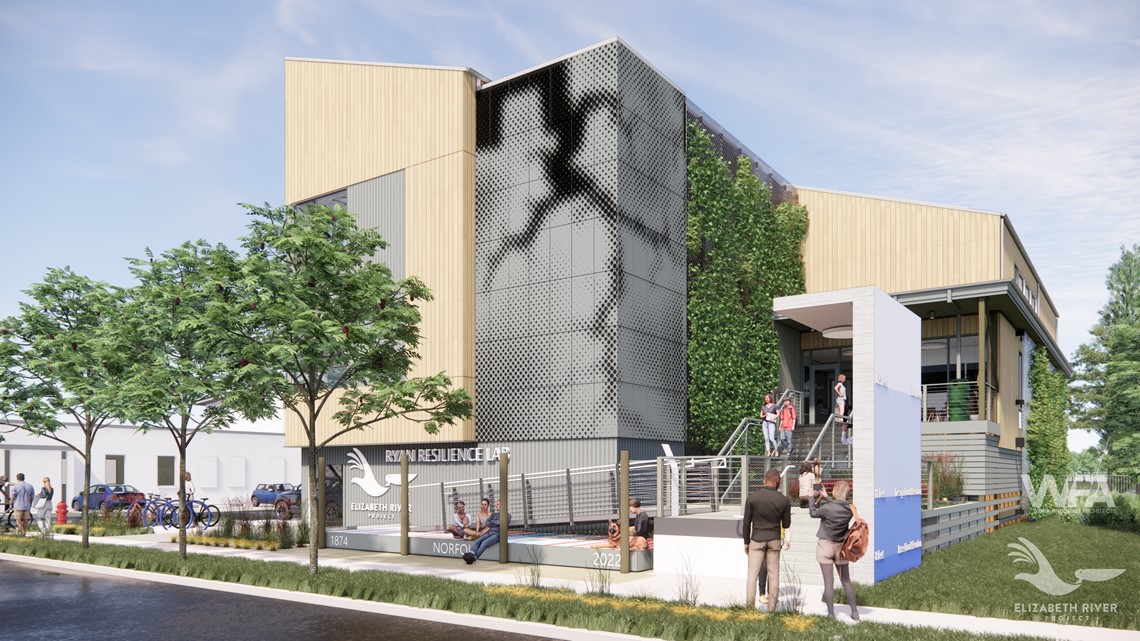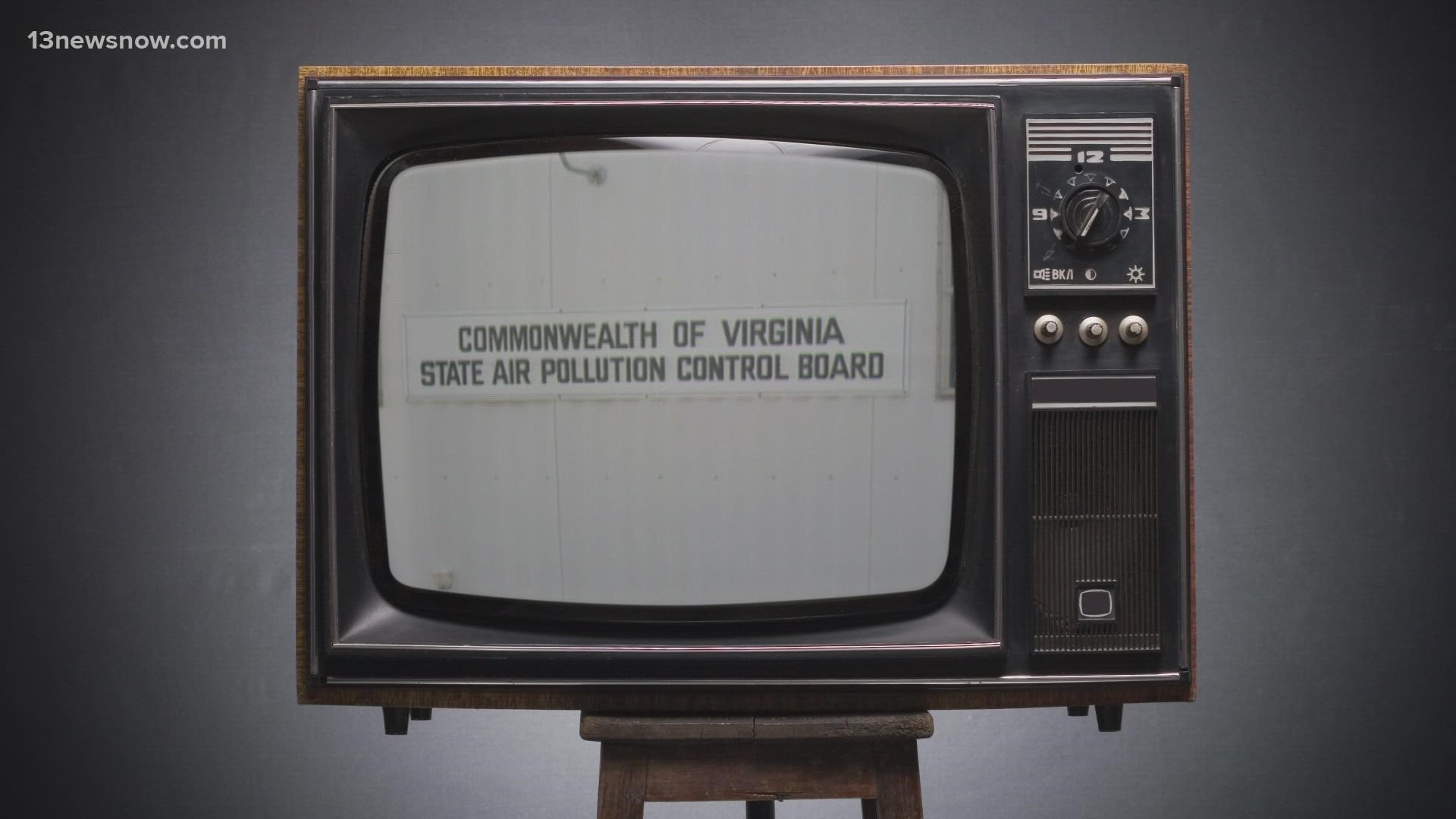NORFOLK, Va. — On May 16, 1985, researchers first found evidence of deteriorating ozone in the stratosphere. Low levels of ozone were detected above Antarctica in what we now call the "ozone hole."
It was an important discovery for the planet. But the ozone hole isn’t what’s causing global warming and rising sea levels. What is? The same thing harming the stratospheric ozone above: humans.
“What do we do about it?” asked Marjorie Jackson from the Elizabeth River Project. “We need to understand it better, we need to demonstrate the right way to be here.”
Jackson and her team at the Elizabeth River Project are doing just that with the Louis and Pru Ryan Resilience Lab, an $8 million living laboratory and learning park that will let us see up close how to build, preserve, and live in our region during climate change and rising sea levels.
“Just the building itself will model better practices than a lot of us have been able to achieve in the past,” said Jackson.


They’re breaking ground on the lab off Colley Avenue in Norfolk on Wednesday. It’s intentionally built in a flood zone using accessible and cost-effective materials not out of reach for the average homeowner.
Most importantly, the resilience lab will serve as a symbol, showing how seriously the region takes the impending threat of climate change.
“We’ll be right there where people every day can be reminded, 'Here’s how I could learn a better practice,'” said Jackson.
Wednesday’s groundbreaking isn’t open to the public, but Jackson said the lab is expected to open by the summer of 2023.

